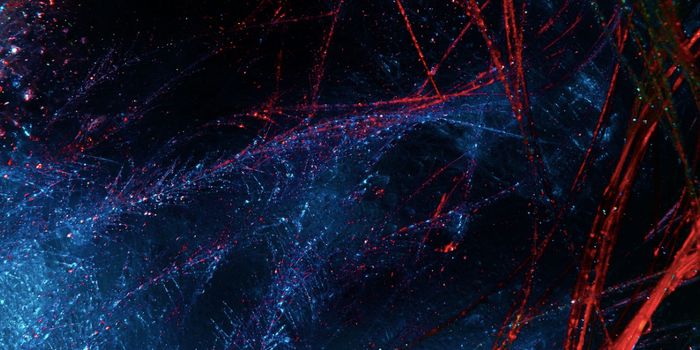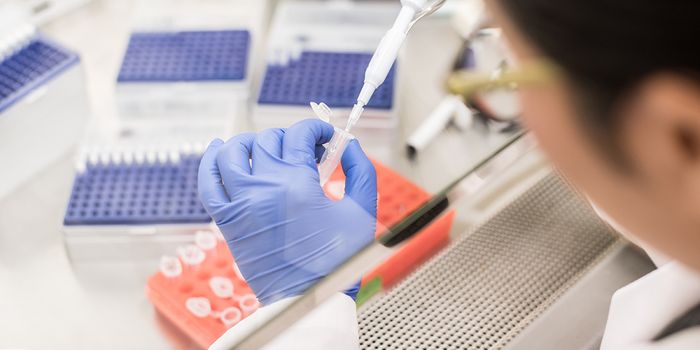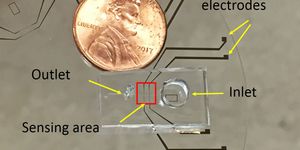A Rare Genetic Disorder is Effectively Treated With Modified Stem Cells
An international team of researchers has completed a clinical trial that used stem cell gene therapy to treat a rare genetic disorder called X-linked chronic granulomatous disease (X-CGD) in nine patients. Six of these individuals have been able to stop treatment because their disease is in remission. X-CGD typically causes recurrent infections, long hospital stays, and shortens a patient's life; this successful clinical trial can change that. The work has been reported in Nature Medicine.
"With this gene therapy, you can use a patient's own stem cells instead of donor cells for a transplant," said the senior study author Dr. Donald Kohn, a member of the Eli and Edythe Broad Center of Regenerative Medicine and Stem Cell Research at UCLA. "This means the cells are perfectly matched to the patient and it should be a much safer transplant, without the risks of rejection."
Chronic granulomatous disease results from a genetic mutation in any of five genes that act to assist white blood cells that destroy invading bacteria and fungus with a chemical burst. Patients with one of those five mutations lack that chemical burst, which makes them far more susceptible to infections than healthy individuals. The infections they get are also more severe and may be life-threatening; they can cause abscesses in organs including the brain. In the case of X-CGD, the gene mutation is carried by a gene that sits on the X chromosome, and only impacts males.
Preventive antibiotics are used by CGD patients to stop infection, but a bone marrow transplant can be used to treat the disease - hematopoietic stem cells in the bone marrow give rise to new white blood cells that are not impacted by the genetic mutation. Transplants are challenging, however; healthy donors are hard to find and there is a chance of rejection, for example.
"Patients can certainly get better with these bone marrow transplants, but it requires finding a matched donor and even with a match, there are risks," Kohn said.
In this new approach, hematopoietic stem cells were taken from X-CGD patients and in the lab, the cells' genomes were edited to correct the mutation. These genetically modified stem cells were then put back into the patients’ bodies.
Two patients did not survive for more than a few months after they received the stem cell therapy, but they had been fighting very serious infections even before they received the treatment. The remaining patients have not gotten any new infections, and six of the seven ceased taking preventive antibiotics.
"None of the patients had complications that you might normally see from donor cells and the results were as good as you'd get from a donor transplant -- or better," Kohn said.
Four new patients have gotten this treatment since the Nature Medicine paper was published, and all of them are free of new infections and have not had complications.
Kohn and colleagues already pioneered a similar treatment for a form of severe combined immune deficiency that has effectively cured the diseases in over fifty babies. Now, the team wants to create similar approaches to treat other types of CGD.
"Beyond CGD, there are also other diseases caused by proteins missing in white blood cells that could be treated in similar ways," Kohn added.
Sources: AAAS/Eurekalert! via University of California – Los Angeles Health Sciences, Nature Medicine









